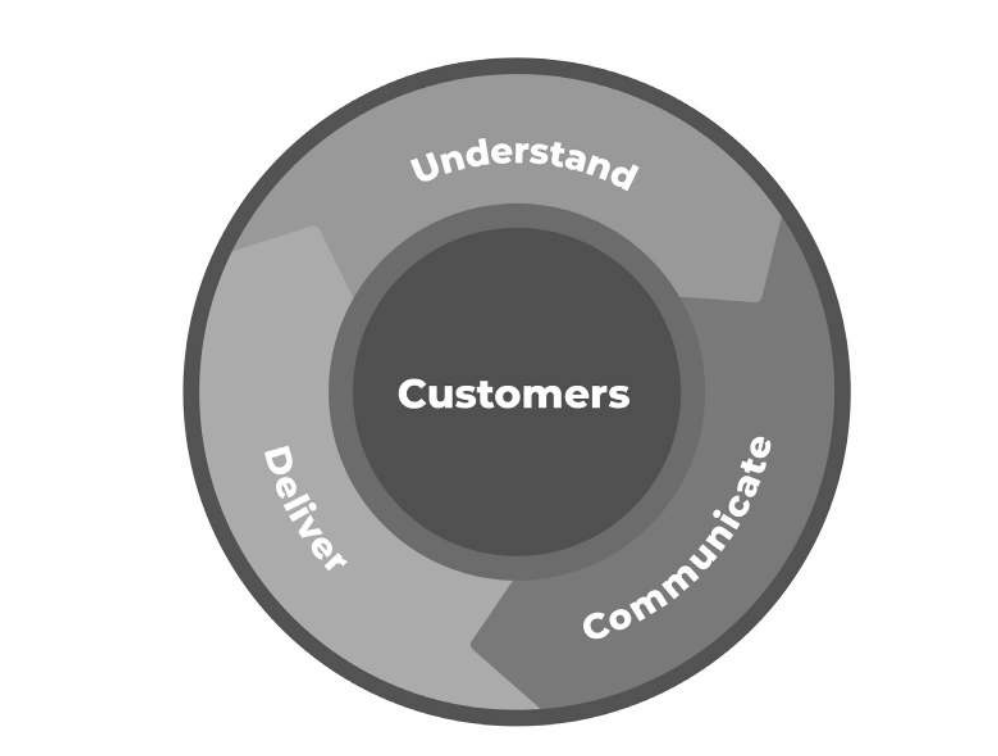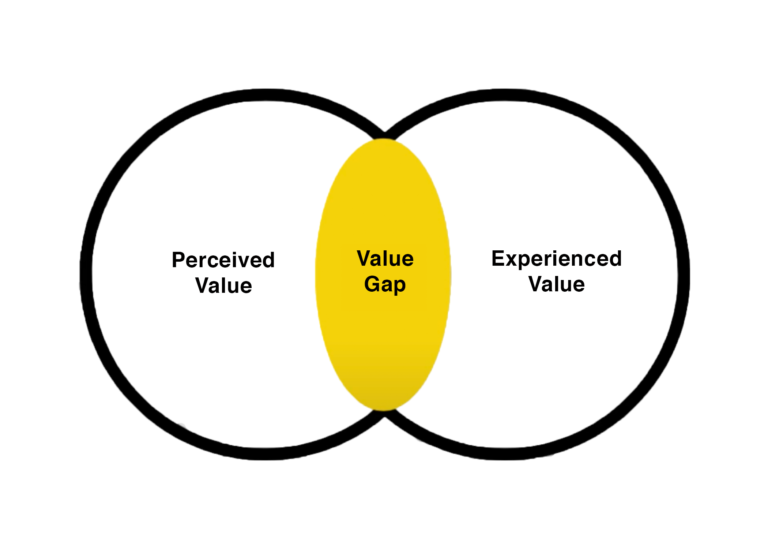If you have ever tried on a perfume before you bought it, taken a car for a test drive before signing at the dealership, or attended a wine tasting before you started shopping, you must have seen how product-led growth works.
There are booming developments like growing cost for businesses, and users—frequently end-users themselves—who are more keen on self-education are pushing the rise of product-led growth. Blake Bartlett, a partner at OpenView, says, “Product-led growth will soon become the norm, making it table stakes for SaaS companies that want to be leaders in their markets.”
Through my speaking, writing, and consulting on project
as a speaker, author, and consultant I have observed how companies that adopt this form are not only the fastest-growing ones but also the ones that can acquire more paying customers at the lowest cost because they have higher traffic in the top-of-the funnel and lower customer acquisition costs, correspondingly.
Why is that?
It is because the users themselves can test and see the value of the product, which is the only way to go through the cycle of awareness and growth, and, finally, trust; these users experience the product themself on their own standards thus forming a bond of trust paraphrased.

Product-led companies are the ones that allow users to experience the product on their terms themselves and startup the whole growth and trust circle through the process
.
Now, let’s dissect how a product-led model becomes a bedrock at any stage—whether you wish to open a product-led startup, or a business led by product—using my UCD framework (Understand, Communicate, and Deliver). All aboard!
Understanding the value of your product
Resource-container: The right product-first approach stems from finding a solution to this underlying necessity:
What do people expect to get out of using your product?
Sometimes it seems that we actually are selling products because of their functional advantages, which customers get when they use those products, or the tasks that businesses can do with them (i.e., “we sell marketing automation software, and businesses need marketing automation!”).
Unlocking users’ minds is an act of art, and unless you can read and understand the ultimate purpose that the users have for using your product, you will lead them to places they don’t really want to go to.
One of the preconditions for adopting the product-led model of operation is clearly seeing the three main things that people purchase your product for:
Functional outcome: the basic work that users want to be fulfilled. Many businesses can name this one. In the case of an ad-based platform, it could involve qualified prospects being turned into customers. For a business intelligence tool, it could be identifying your business’ main KPIs.
Emotional outcome: how customers aim to feel or escape from feeling while achieving the key functional scenario. The next part is where it gets more complicated. This might be a sense of empowerment when you understand how to initiate profitable business projects, or a feeling of proudness when you tick off the completed tasks from your list.
Social outcome: how customers want to show to other people that they are using your product. Ever shared a link to a beautiful dashboard in Slack and amazed by the people around you? A clear definition of your product’s social outcome—the most neglected of the three—can be the separator between good and great products.
Still, in the light of the above, how can you be sure that you not only see those things but that you also facilitate that implementation of your solution in the said way?
This is the beginning of the next level of really grasping the product’s quality: how you evaluate the value interplay in your product, or in other words, finding your product’s ‘value metric’.
Every software product has usage patterns
which indicate the ultimate benefits that are important for your customers. The growth of product-oriented firms is associated with a development cycle that includes the intervention of the customers until the final product they want is the result.
Value metrics, when fastened with your revenue model are the keystone to perfectly carry out a product-led go-to-market strategy.
Good pricing measures are: (1) easy for customers to understand; (2) is consistent with the value received in the product, and (3) increases as customers use that value.
For example:
Wistia → Number of videos uploaded
Loose → Number of messages sent.
PayPal → Amount of revenue generated There are many ways to find a measure of your company’s value.
But the best way is to combine intuition and data. As a well-rounded product leader Don’t overlook what assumptions you may already have about the product’s value based on your understanding of the product, the customer, and the outside world. But layering with a data-driven approach helps confirm your assumptions and ensures that the story you’re telling is rooted in reality.
To gain meaningful insights from your product data I always recommend that teams play with user segmentation. To help them identify patterns between “best” and “worst” customers, ask: How is the journey of my most loyal users different from the journey of my churn users? With a thorough understanding of what drives people to buy your product. (and how to effectively measure it), you’re ready to build a product-driven foundation…
Now it’s time to promote.
Communicating the perceived value of your product
The key difference between product-driven businesses is They have a revenue model and a customer acquisition model that are married to each other. Even sales-focused businesses rely heavily on relationships to sell large contracts. But product-focused companies are leaders in their products—you guessed it.
This means that if they provide a service with a mediocre experience. They will be immediately affected by change and retention. And if the income model is inconsistent or the price is confusing The number of people signing up for free trials or freemium plans will decrease. Which brings us to the most important tool that product-led companies have to communicate product value: the price page.
Instead of hiding behind closed doors The product-led company is eliminating unnecessary friction for SaaS buyers by providing upfront pricing on most startup plans… I have three pieces of advice for teams transitioning the pricing front from sales to product leadership: Don’t make it too complicated. Able to pass a 5-second test (meaning users will know almost instantly which plan is right for them) Don’t create a free plan with no incentive to upgrade. You don’t do charity work.
Drill into product data to inform layering strategies and create the right balance. Don’t make it easy to downgrade the majority of your customers. There is no way to avoid this completely. But remember, it is ultimately a business transaction. With a strong customer success strategy Not to mention the most popular channels covered. You should expect to see increased product adoption in the future. But even if you do everything right with your pricing page, It will fall apart if you understand what the customer wants.
You experience product price divergence when the “perceived” value of the product differs significantly from the “perceived” value. Think about it: We are happy when we sign up for something that turns out the way we imagined it.
And when companies keep their word about what they promise to deliver. They build trust Of course, this is easier said than done. One of the biggest challenges companies face when trying to break through the price gap is what I call timing.
Consider your product launch process. How long before people feel the value of your product for the first time? For most B2B customers, the best answer to this question is as quickly as possible.
When users fail to get meaningful results with your product quickly. Your product is there. High ‘capacity debt’ Although some level of capacity debt is inevitable when launching a new product or freemium model. The best product leaders are always looking for ways to improve… Research your product experience and ask yourself the following questions.

First experience using the product Are “quick wins” specific, relevant, and meaningful? Are tool data and hotspots driving product action by responding to where people are in their journey? Do social signals and suggestions (such as product tour checklists or empty states) indicate high-value behavior?
Is the completion of the main mission represented by an achievement status, such as Mail Chimpanzee’s famous clapping or a unicorn on an airplane? Will unnecessary friction points and distractions be removed from critical workflows? Are there any steps that can be taken next or can be done later?
If there’s one trait that the world’s best product companies have in common, it’s it’s that it’s that it’s that they share a common trait. That is, they are not ruthless in reducing conflict for their users. This is an example. The online image editor I was working with was struggling with low conversion rates on an upgrade plan.
After completing this step They can significantly increase time to value. And—people with short stories started upgrading in groups. Creating a linear path to finding value for users is mostly about understanding the signals to look for within your data. When users work within your product They will signal to you the results they want to achieve next. (functional, emotional, and social) respond to them when they need to and respond with product messages For products with freemium partners The signal and associated response will look like this.
Registration → Welcome Email → Usage Tips → Quick Win Quick Win → Application Tip #2 → Better Life → Desired Results Desired results → Sales reach → Case studies → Test period → Test expansion → Post-test survey → Customers → New customer campaigns
As you can see Each customer journey builds on the previous one. It takes users deeper into the product—and closer to their desired results. And if you follow the UCD framework correctly, the desired outcome is your measurement of value. User success equals your success. And that friend is key to the success of any product-driven business.
Understand the value of your product Communicate its value and deliver what you promised. Then you can create a product that sells itself.